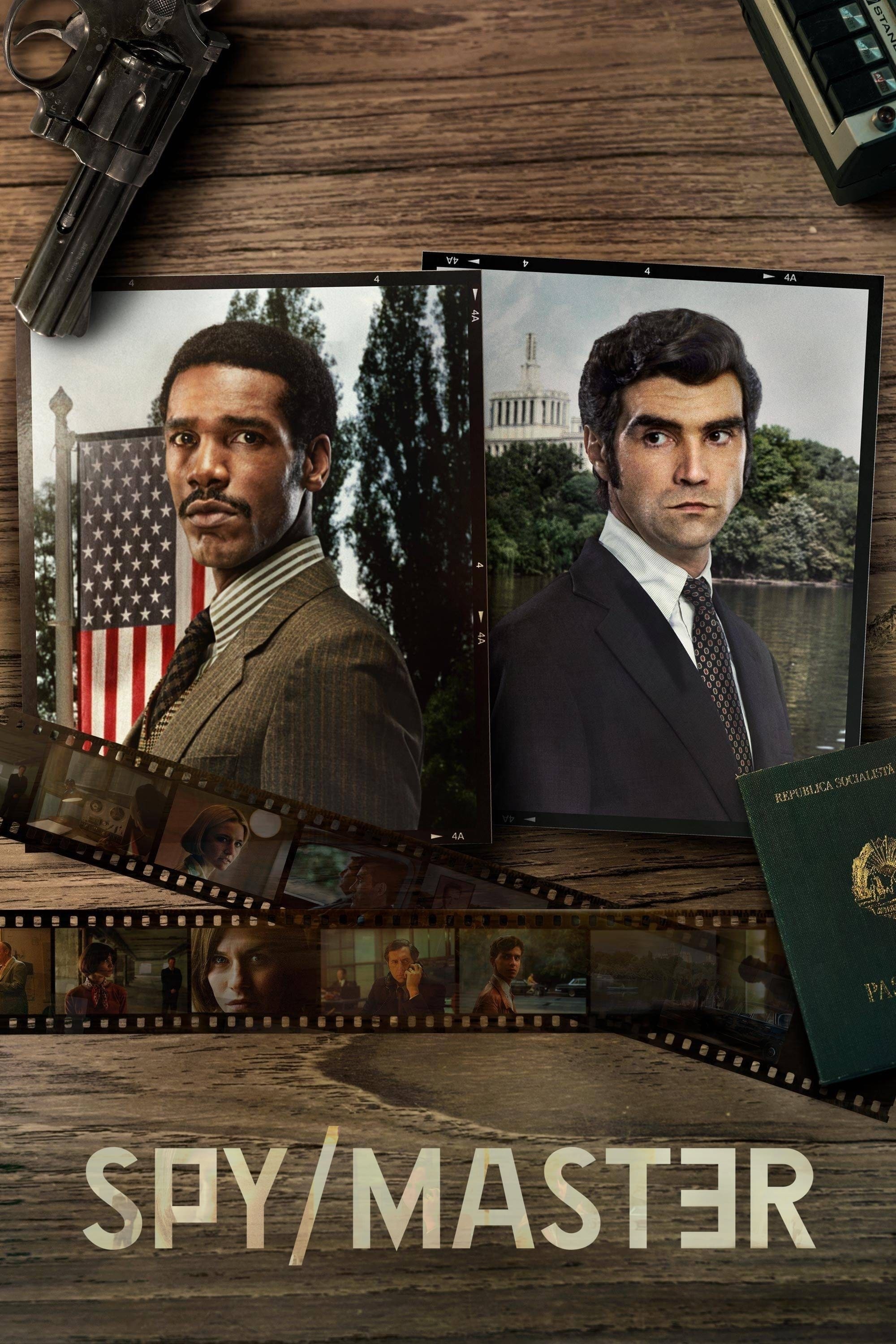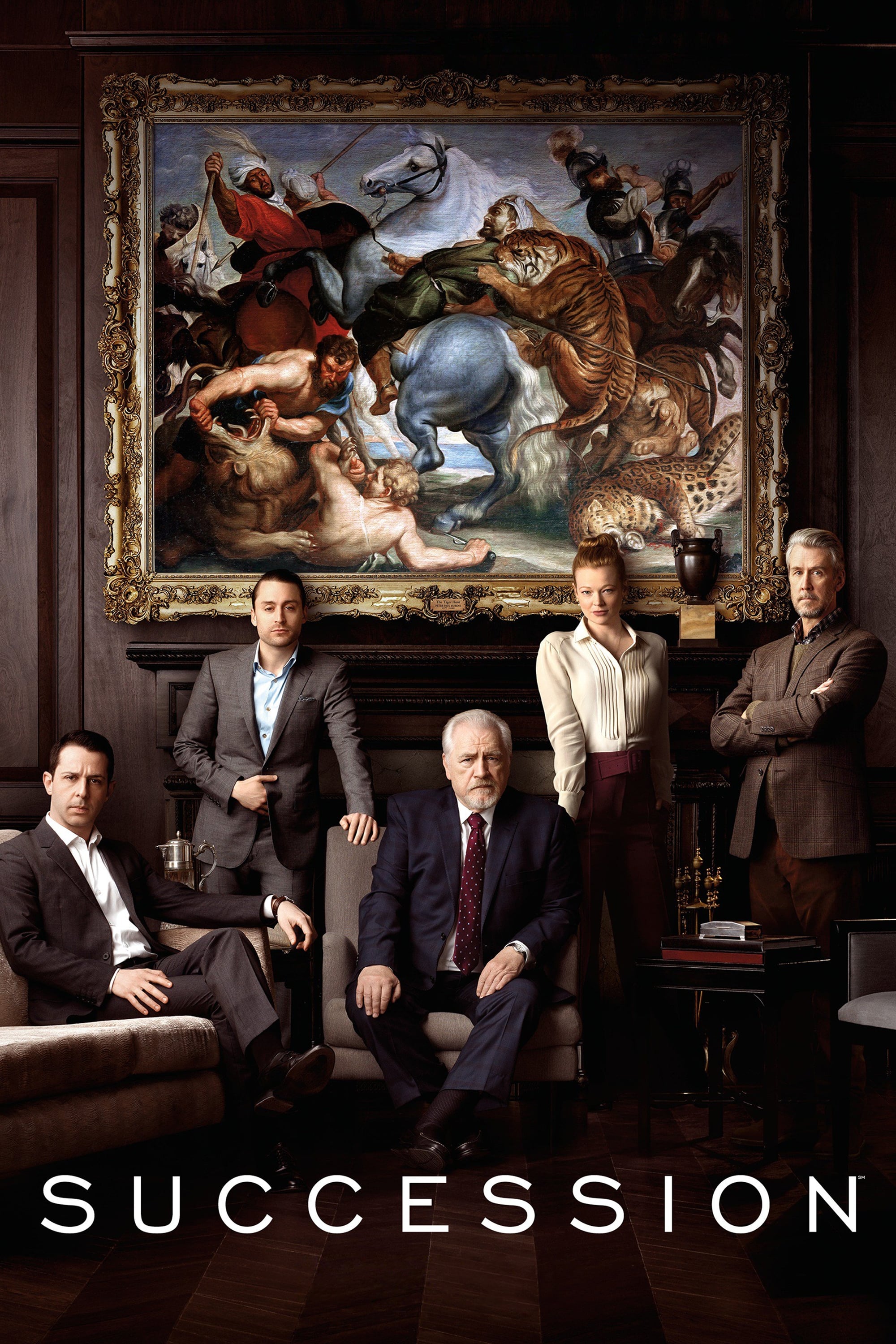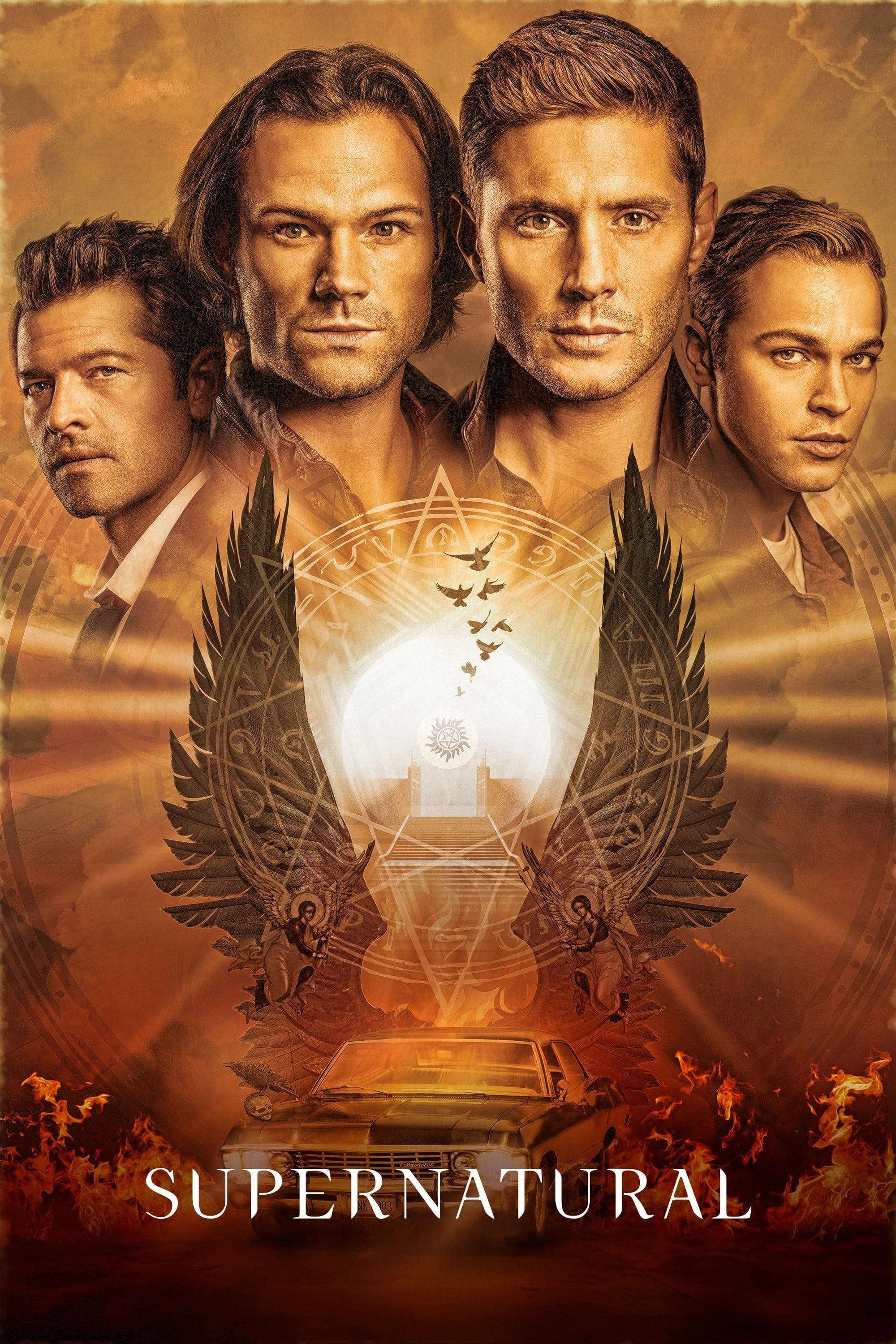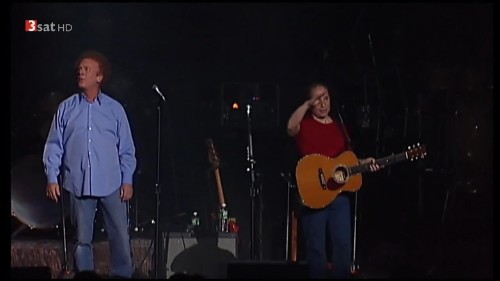
Simon & Garfunkel – The Complete Studio Albums Collection (2015)
FLAC (tracks) 24 bit/192 kHz | Time – 02:37:03 minutes | 5,71 GB | Genre: Folk Rock
Studio Masters, Official Digital Download | Front Cover | © Columbia/Legacy
This collection includes all duo’s five studio albums, released between 1964 and 1970, all remastered from first generation analog sources. The albums are: “Wednesday Morning, 3AM”, “Sounds Of Silence”, “Parsely, Sage Rosemary And Thyme”, “Bookends”, “Bridge Over Troubled Water”.
The most successful folk-rock duo of the 1960s, Paul Simon and Art Garfunkel crafted a series of memorable hit albums and singles featuring their choirboy harmonies, ringing acoustic and electric guitars, and Simon’s acute, finely wrought songwriting. The pair always inhabited the more polished end of the folk-rock spectrum and was sometimes criticized for a certain collegiate sterility. Many also feel that Simon, as both a singer and songwriter, didn’t truly blossom until he began his own hugely successful solo career in the 1970s.

Simon & Garfunkel – Wednesday Morning, 3 A.M. (1964/2014)
FLAC (tracks) 24 bit/192 kHz | Time – 32:05 minutes | 1,25 GB
FLAC (tracks) 24 bit/96 kHz | Time – 32:05 minutes | 751 MB
Studio Master, Official Digital Download | Artwork: Front Cover
The duo recorded their first album as Simon & Garfunkel in 1964, producing a record that sounds different from the music they released in later years. Between the release of Wednesday Morning, 3 A.M. and their second album, Simon & Garfunkel would score a major folk-rock hit with The Sound Of Silence. This album includes the original acoustic version of that song, along with early signs of Paul Simon’s growing songwriting ability on favorites like “Sparrow” and “The Sounds of Silence”.
Wednesday Morning, 3 AM doesn’t resemble any other Simon & Garfunkel album, mostly because their sound here was fundamentally different from that of the chart-topping duo that emerged a year later. Their first record together since their days as the teen harmony duo Tom & Jerry, the album was cut in March 1964, at a time when both Simon and Garfunkel were under the spell of folk music. As it had in 1957 with “Hey, Schoolgirl,” their harmonizing here came out of the Everly Brothers’ playbook, but some new wrinkles had developed – Paul Simon was just spreading his wings as a serious songwriter and shares space with other contemporary composers. The album opens with a spirited (if somewhat arch) rendition of Gibson and Camp’s gospel/folk piece “You Can Tell the World,” on which the duo’s joyous harmonizing overcomes the intrinsic awkwardness of two Jewish guys from Queens, New York doing this repertory. Also present is Ian Campbell’s “The Sun Is Burning,” a topical song about nuclear annihilation that Simon heard on his first visit to England as an itinerant folksinger the year before. But the dominant outside personality on the album is that of Bob Dylan – his “Times They Are A-Changing” is covered, but his influence is obvious on the oldest of the Simon originals here, “He Was My Brother.” Simon’s first serious, topical song, dealing with the death of a freedom rider – and dedicated to Simon’s slain Queens College classmate Andrew Jacobs – it was what first interested Columbia Records producer Tom Wilson in Simon & Garfunkel. By the time the album was recorded, however, Simon had evolved beyond Dylan’s orbit and developed a unique songwriting voice of his own, though he still had some distance to go. His other originals betray the artifice of an English major at work, sometimes for better, as on “Sparrow” and the original, all-acoustic release of “The Sound of Silence,” and at times for worse, on the half-beautiful but too-precious title song (which he would re-write more successfully as “Somewhere They Can’t Find Me”). There are also a pair of traditional songs, a beautifully harmonized rendition of “Peggy-O” – which they probably picked up in Greenwich Village, or from recordings by Dylan or Joan Baez – and “Go Tell It On the Mountain,” both of which fit well into the zeitgeist of the folk revival. The record didn’t sell on its original release, however, appearing too late in the folk revival to attract much attention – Bob Dylan was already taking that audience to new places by adding electric instruments to his sound. But the seeds of the duo’s future success were planted when, months after the album had been given up for dead – and the duo had split up – the all-acoustic rendition of “The Sound of Silence” started getting radio play on its own in some key markets, which possessed to producer Wilson to try and adapt it to the new sound, overdubbing an electric band.
Tracklist:
01 – You Can Tell The World
02 – Last Night I Had the Strangest Dream
03 – Bleecker Street
04 – Sparrow
05 – Benedictus
06 – The Sounds of Silence
07 – He Was My Brother
08 – Peggy-O
09 – Go Tell It on the Mountain
10 – The Sun Is Burning
11 – The Times They Are A-Changin’
12 – Wednesday Morning, 3 A.M.
Produced by Tom Wilson.
Recorded on March 10–31, 1964 at Columbia Studios, New York City.

Simon & Garfunkel – Sounds Of Silence (1966/2014)
FLAC (tracks) 24 bit/192 kHz | Time – 29:29 minutes | 1,13 GB
FLAC (tracks) 24 bit/96 kHz | Time – 29:29 minutes | 686 MB
Studio Master, Official Digital Download | Artwork: Front Cover
Following the success of “The Sound Of Silence”, which was transformed into a folk-rock hit, Simon & Garfunkel returned to the studio in 1965 to record their second album. “Sounds Of Silence” includes the title track as well as other songs that have stood the test of time, including: “I Am a Rock”, “Richard Cory” and “Anji”. The record peaked at number 13 on the UK albums chart and 21 on the US charts in 1966.
Simon & Garfunkel’s second album, Sounds of Silence, was recorded 18 months after their debut long-player, Wednesday Morning, 3 AM – but even though the two albums shared one song (actually, one-and-a-half songs) in common, the sound here seemed a million miles away from the gentle harmonizing and unassuming acoustic accompaniment on the first record. In between, there had been a minor earthquake in the pop/rock world called “folk-rock,” which resulted in the transformation of their acoustic rendition of “The Sound of Silence” into a classic of the new genre, complete with jangling electric guitars and an amplified beat that helped carry it to the top of the charts. The duo hastily re-formed, Paul Simon returning from an extended stay in England with a large song bag (part of which he had already committed to vinyl, on his U.K. album The Paul Simon Songbook). Simon & Garfunkel rushed into the studio in the fall of 1965 to come up with a folk-rock album in a hurry: fortunately, they’d already recorded two sides, “Somewhere They Can’t Find Me” (actually, Simon’s rewrite of their first album‘s title track) and “We’ve Got a Groovey Thing Goin’,” both featuring a band accompaniment. Davy Graham’s bluesy “Anji,” a rare instrumental outing by Simon, filled another slot, and “Richard Cory” filled another. The latter, Simon’s adaptation of poet Edwin Arlington Robinson‘s work, was a sincere effort at relevance – Richard Cory has every material thing a man could want but still takes his own life, a hint at one aspect of middle-class teenaged angst of the mid-’60s; high school English teachers were still using it to motivate students in the ’70s. Though a rushed effort, this was a far stronger album than their debut, mostly thanks to Simon’s compositions; indeed, in one fell swoop, the world learned not only of the existence of a superb song-poet in Paul Simon, but, in Simon’s harmonizing with Art Garfunkel, the finest singing duo since the Everly Brothers. But it also had flaws, some of which only became fully apparent as their audience matured: the snide, youthful sensibilities of “I Am a Rock” and “Blessed” haven’t aged well. And the musical concessions, on those tracks and “Richard Cory,” to folk-rock amplification have also worn poorly; even in 1966, the electric guitars, piano, organ, and drums, sounded awkward in context with the duo’s singing, like something grafted on, though in fairness, those sounds did sell the album. The parts that work best, “Kathy’s Song” and “April Come She Will,” two of the most personal songs in Simon’s output, were similar to the stripped-down originals Simon had cut solo in England, and among the most affecting (as opposed to affected) folk-style records of their era; similarly, Simon’s rendition of the folk-blues instrumental “Anji” is close to composer Davy Graham’s original, just recorded hotter, while “Leaves That Are Green” is pleasantly if unobtrusively ornamented with electric harpsichord, rhythm guitar, and bass.
Tracklist:
01 – The Sound of Silence (Overdubbed Version)
02 – Leaves That Are Green
03 – Blessed
04 – Kathy’s Song
05 – Somewhere They Can’t Find Me
06 – Anji
07 – Richard Cory
08 – A Most Peculiar Man
09 – April Come She Will
10 – We’ve Got a Groovy Thing Goin’
11 – I Am a Rock
Produced by Bob Johnston.
Recorded in December 1965 at CBS studios in Nashville, Tennessee and in Los Angeles, CA.

Simon & Garfunkel – Parsley, Sage, Rosemary And Thyme (1966/2014)
FLAC (tracks) 24 bit/192 kHz | Time – 28:47 minutes | 1,09 GB
FLAC (tracks) 24 bit/96 kHz | Time – 28:47 minutes | 661 MB
Studio Master, Official Digital Download | Artwork: Front Cover
After the release of “Sounds Of Silence”, Simon & Garfunkel spent more time developing their next album. The result was “Parsley, Sage, Rosemary and Thyme”, a music masterpiece. On “Scarborough Fair/Canticle”, the duo used vocal overdubs and instrumentation to weave together a traditional song and anti-war protest to stunning effect. The album also includes classics like “The 59th Street Bridge Song (Feelin’ Groovy)”, “Cloudy”, “Homeward Bound,” and “For Emily, Whenever I May Find Her”. “Parsley, Sage, Rosemary and Thyme” reached number 4 on the US Billboard 200 chart in 1966.
Simon & Garfunkel’s first masterpiece, Parsley, Sage, Rosemary and Thyme was also the first album on which the duo, in tandem with engineer Roy Halee, exerted total control from beginning to end, right down to the mixing, and it is an achievement akin to the Beatles’ Revolver or the Beach Boys’ Pet Sounds album, and just as personal and pointed as either of those records at their respective bests. After the frantic rush to put together an LP in just three weeks that characterized the Sounds of Silence album early in 1966, Parsley, Sage, Rosemary and Thyme came together over a longer gestation period of about three months, an uncommonly extended period of recording in those days, but it gave the duo a chance to develop and shape the songs the way they wanted them. The album opens with one of the last vestiges of Paul Simon’s stay in England, “Scarborough Fair/Canticle” – the latter was the duo’s adaptation of a centuries-old English folk song in an arrangement that Simon had learned from Martin Carthy. The two transformed the song into a daunting achievement in the studio, however, incorporating myriad vocal overdubs and utilizing a harpsichord, among other instruments, to embellish it, and also wove into its structure Simon’s “The Side of a Hill,” a gentle antiwar song that he had previously recorded on The Paul Simon Songbook in England. The sonic results were startling on their face, a record that was every bit as challenging in its way as “Good Vibrations,” but the subliminal effect was even more profound, mixing a hauntingly beautiful antique melody, and a song about love in a peaceful, domestic setting, with a message about war and death; Simon & Garfunkel were never as political as, say, Peter, Paul & Mary or Joan Baez, but on this record they did bring the Vietnam war home.
Tracklist:
01 – Scarborough Fair / Canticle
02 – Patterns
03 – Cloudy
04 – Homeward Bound
05 – The Big Bright Green Pleasure Machine
06 – The 59th Street Bridge Song (Feelin’ Groovy)
07 – The Dangling Conversation
08 – Flowers Never Bend with the Rainfall
09 – A Simple Desultory Philippic (or How I Was Robert McNamara’d into Submission)
10 – For Emily, Whenever I May Find Her
11 – A Poem on the Underground Wall
12 – 7 O’clock News / Silent Night
Produced by Bob Johnston
Recorded between December 1965 – August 1966.

Simon & Garfunkel – Bookends (1968/2014)
FLAC (tracks) 24 bit/192 kHz | Time – 29:47 minutes | 1,1 GB
FLAC (tracks) 24 bit/96 kHz | Time – 29:47 minutes | 666 MB
Studio Master, Official Digital Download | Artwork: Front Cover
Released in 1968, “Bookends” was Simon & Garfunkel’s fourth studio album and was a concept album exploring a life journey from childhood to old age. The second side of the album also contained a number of songs that were unused material from the soundtrack for the movie The Graduate. One of the biggest hits from the album was the song “Mrs. Robinson”, which hit #1 on the singles charts. Bookends was considered a breakthrough album for the duo, and it topped the charts in the US and the UK. The album has been certified 2x Platinum by the RIAA.
Simon & Garfunkel quietly slipped Bookends, their fourth album, into the bins with a whisper in March 1968. They are equal collaborators with producer/engineer Roy Halee in a multivalently layered song cycle observing the confusion of those seeking an elusive American Dream, wistfully reflecting on innocence lost forever to the cold winds of change. Bookends opens with an acoustic guitar stating a theme, slowly and plaintively. It erupts into the musical dissonance that introduces “Save the Life of My Child.” Its uneasy rock & roll frames highly metaphorical and ironic lyrics and a nursery rhyme bridge. “America” is a folk song with a lilting soprano saxophone in its refrain as a small pipe organ paints acoustic guitars, framed by the ghostly traces of classic American Songbook pop structures. Two people travel the landscape by bus searching for the track’s subject, eventually discovering that everyone else on the freeway is too. Its sophisticated harmonic invention is toppled by its message; “America” becomes an ellipsis, a cipher, an unanswerable question. “Overs,” a study about the end of a relationship, contains Halee’s ingenious use of sound: lighting a cigarette and inhaling and exhaling its smoke underscore the story told by the melody and lyrics. In a two-minute field recording of the voices of old people collected from nursing homes by Garfunkel, disembodied voices reveal entire lifetimes in a few seconds. “Old Friends” carries the message deeper. Simon’s image of two old men sitting on a park bench sharing memories and their fears of the changes surrounding them is indelible. A horn section threatens to interrupt their reverie, reflecting the chaos they perceive, but is warded off as the gentle melody returns and fades into the album’s opening theme. In “Fakin’ It,” Simon reveals the falsity inherent in modern life – it’s better to appear to have it together than reflect the struggle of not being able to: “This feeling of fakin’ it/I still haven’t shaken it/I know I’m fakin’ it/I’m not really makin’ it.” The album’s final three tracks, “Mrs. Robinson” (the iconic theme song from the film The Graduate), “A Hazy Shade of Winter,” and the album’s concluding track, “At the Zoo,” offer a tremblingly bleak vision of the future rooted in the lives of everyday people who “fake it,” living an illusory dream publicly while trembling with confusion and fear in private (no matter one’s generation), subverting the Madison Avenue notion of the “generation gap” simply and honestly. Bookends’ problematic, disillusioned themes, sometimes disguised in wry humor, striking arrangements, and augmented orchestral instrumentation, portray the sounds of people in an American life that they no longer understand, or understands them. Simon & Garfunkel never overstate; instead they observe, almost journalistically, enormous life and cultural questions in the process of them being asked. In just over 29 minutes, Bookends is stunning in its vision of a bewildered America in search of itself.
Tracklist:
01 – Bookends Theme
02 – Save the Life of My Child
03 – America
04 – Overs
05 – Voices of Old People
06 – Old Friends
07 – Bookends Theme
08 – Fakin’ It
09 – Punky’s Dilemma
10 – Mrs. Robinson
11 – A Hazy Shade of Winter
12 – At the Zoo
Produced by Simon & Garfunkel and Roy Halee.
Recorded between September 1966 – February 1968.

Simon & Garfunkel – Bridge Over Troubled Water (1970/2014)
FLAC (tracks) 24 bit/192 kHz | Time – 37:22 minutes | 1,43 GB
FLAC (tracks) 24 bit/96 kHz | Time – 37:22 minutes | 855 MB
Studio Master, Official Digital Download | Artwork: Front Cover
“Bridge over Troubled Water” is the five & final album by Simon & Garfunkel. Released in 1970, the album featured several singles that have become famous Simon & Garfunkel songs, including “Bridge over Troubled Water”, “The Boxer”, and “Cecilia”. The album was incredibly successful, topping charts in over ten countries and receiving two Grammy Awards, plus four more for the title song. It has been ranked at #51 on Rolling Stone magazine’s list of the 500 Greatest Albums of All Time. The album has been certified 8x Platinum in the US and 10x Platinum in the UK.
Bridge Over Troubled Water was one of the biggest-selling albums of its decade, and it hasn’t fallen too far down on the list in years since. Apart from the gospel-flavored title track, which took some evolution to get to what it finally became, however, much of Bridge Over Troubled Water also constitutes a stepping back from the music that Simon & Garfunkel had made on Bookends – this was mostly because the creative partnership that had formed the body and the motivation for the duo’s four prior albums literally consumed itself in the making of Bridge Over Troubled Water. The overall effect was perhaps the most delicately textured album to close out the 1960s from any major rock act. Bridge Over Troubled Water, at its most ambitious and bold, on its title track, was a quietly reassuring album; at other times, it was personal yet soothing; and at other times, it was just plain fun. The public in 1970 – a very unsettled time politically, socially, and culturally – embraced it; and whatever mood they captured, the songs matched the standard of craftsmanship that had been established on the duo’s two prior albums. Between the record’s overall quality and its four hits, the album held the number one position for two and a half months and spent years on the charts, racking up sales in excess of five million copies. The irony was that for all of the record’s and the music’s appeal, the duo’s partnership ended in the course of creating and completing the album.
Tracklist:
01 – Bridge over Troubled Water
02 – El Condor Pasa / If I Could
03 – Cecilia
04 – Keep the Customer Satisfied
05 – So Long, Frank Lloyd Wright
06 – The Boxer
07 – Baby Driver
08 – The Only Living Boy in New York
09 – Why Don’t You Write Me
10 – Bye Bye Love
11 – Song for the Asking
Produced by Paul Simon, Art Garfunkel & Roy Halee.
Recorded in November 1968 & November 1969.
Tracklist:
Download:
24-192
https://xubster.com/6anzukhfmos1/Sim0nGarfunkelTheC0mpleteStudi0AlbumsC0llecti0n.part1.rar.html
https://xubster.com/qt7cu1lq9voy/Sim0nGarfunkelTheC0mpleteStudi0AlbumsC0llecti0n.part2.rar.html
https://xubster.com/0qia50v7zs13/Sim0nGarfunkelTheC0mpleteStudi0AlbumsC0llecti0n.part3.rar.html
https://xubster.com/hyu61rs0zuyf/Sim0nGarfunkelTheC0mpleteStudi0AlbumsC0llecti0n.part4.rar.html
https://xubster.com/dnyysm0o3nzb/Sim0nGarfunkelTheC0mpleteStudi0AlbumsC0llecti0n.part5.rar.html
https://xubster.com/r6pgr9pmre2t/Sim0nGarfunkelTheC0mpleteStudi0AlbumsC0llecti0n.part6.rar.html
24-96
https://xubster.com/z1rrmhmpsmc4/Sim0nGarfunkelTheC0mpleteStudi0AlbumsC0llecti0n2015HRA2496.part1.rar.html
https://xubster.com/6fzv0xv4e3z1/Sim0nGarfunkelTheC0mpleteStudi0AlbumsC0llecti0n2015HRA2496.part2.rar.html
https://xubster.com/117lqgwxu5hd/Sim0nGarfunkelTheC0mpleteStudi0AlbumsC0llecti0n2015HRA2496.part3.rar.html
https://xubster.com/yf0w7qh5uwk2/Sim0nGarfunkelTheC0mpleteStudi0AlbumsC0llecti0n2015HRA2496.part4.rar.html
or
24-192
https://hexload.com/r3hp31ftgeyh/Sim0nGarfunkelTheC0mpleteStudi0AlbumsC0llecti0n.part1.rar
https://hexload.com/2l7dy1kn3ygt/Sim0nGarfunkelTheC0mpleteStudi0AlbumsC0llecti0n.part2.rar
https://hexload.com/ws96nq5wt3ld/Sim0nGarfunkelTheC0mpleteStudi0AlbumsC0llecti0n.part3.rar
https://hexload.com/3mvvgs9cqu5p/Sim0nGarfunkelTheC0mpleteStudi0AlbumsC0llecti0n.part4.rar
https://hexload.com/78q6wqi3zbkv/Sim0nGarfunkelTheC0mpleteStudi0AlbumsC0llecti0n.part5.rar
https://hexload.com/iskduo7evr6i/Sim0nGarfunkelTheC0mpleteStudi0AlbumsC0llecti0n.part6.rar
24-96
https://hexload.com/87zft5dp6970/Sim0nGarfunkelTheC0mpleteStudi0AlbumsC0llecti0n2015HRA2496.part1.rar
https://hexload.com/a6xcbyyyqneq/Sim0nGarfunkelTheC0mpleteStudi0AlbumsC0llecti0n2015HRA2496.part2.rar
https://hexload.com/tsh9kqnxu9by/Sim0nGarfunkelTheC0mpleteStudi0AlbumsC0llecti0n2015HRA2496.part3.rar
https://hexload.com/9kmwsushpur5/Sim0nGarfunkelTheC0mpleteStudi0AlbumsC0llecti0n2015HRA2496.part4.rar
























![Simon & Garfunkel – The Complete Studio Albums Collection (2015) [Official Digital Download 24bit/96kHz]](https://imghd.xyz/images/2023/09/02/lPYTgx1.jpg)
![Simon & Garfunkel – Simon & Garfunkel’s Greatest Hits (1972/2014) [Official Digital Download 24bit/192kHz]](https://imghd.xyz/images/2023/09/02/bAz0Vzw.jpg)
![Simon & Garfunkel – Wednesday Morning, 3 A.M. (1964/2014) [Official Digital Download 24bit/192kHz]](https://imghd.xyz/images/2023/09/02/0074640904929_600.jpg)
![Simon & Garfunkel – The Concert In Central Park (Live) (1982/2014) [Official Digital Download 24bit/192kHz]](https://imghd.xyz/images/2023/09/02/0886444877138_600.jpg)
![Simon & Garfunkel – Sounds Of Silence (1966/2014) [Official Digital Download 24bit/192kHz]](https://imghd.xyz/images/2023/09/02/0074640926921_600.jpg)
![Simon & Garfunkel – Parsley, Sage, Rosemary And Thyme (1966/2014) [Official Digital Download 24bit/192kHz]](https://imghd.xyz/images/2023/09/02/aukaeb99mgmaa_600.jpg)
![Simon & Garfunkel – Bridge Over Troubled Water (1970/2014) [Official Digital Download 24bit/192kHz]](https://imghd.xyz/images/2023/09/02/5099749521421_600.jpg)
![Simon & Garfunkel – Bookends (1968/2014) [Official Digital Download 24bit/192kHz]](https://imghd.xyz/images/2023/09/02/0074640952920_600.jpg)
![Simon & Garfunkel – The Graduate OST (1968/2014) [Official Digital Download 24bit/192kHz]](http://i.imgur.com/dHkhKhJ.jpg)
